 English
English-
 Español
Español
-
 Português
Português
-
 Portugiesisch
Portugiesisch
-
 Français
Français
-
 日本語
日本語
-
 Български
Български
-
 한국어
한국어
-
 Türkçe
Türkçe
-
 Nederlands
Nederlands
-
 English
English
-
 Eesti
Eesti
-
 Suomi
Suomi
-
 বাঙ্গালি
বাঙ্গালি
-
 беларуская
беларуская
-
 Ελληνικά
Ελληνικά
-
 Kreyòl ayisyen
Kreyòl ayisyen
-
 עִברִית
עִברִית
-
 हिन्दी
हिन्दी
-
 Magyar
Magyar
-
 íslenskur
íslenskur
-
 Gaeilge
Gaeilge
-
 italiano
italiano
-
 Hrvatski
Hrvatski
-
 Latinus
Latinus
-
 latviski
latviski
-
 Melayu
Melayu
-
 Malti
Malti
-
 Монгол
Монгол
-
 မြန်မာ
မြန်မာ
-
 فارسی
فارسی
-
 Polski
Polski
-
 عربي
عربي
-
 Română
Română
-
 русский
русский
-
 slovenský
slovenský
-
 Slovenščina
Slovenščina
-
 Afrikaans
Afrikaans
-
 svenska
svenska
-
 dansk
dansk
-
 український
український
-
 o'zbek
o'zbek
-
 Cymraeg
Cymraeg
-
Zulu
-
 Tiếng Việt
Tiếng Việt
-
 bosanski
bosanski
-
 Deutsch
Deutsch
-
 eesti keel
eesti keel
-
 ไทย
ไทย
Romantic Ballet
Sat Mar 26 09:17:58 CST 2022
Romantic ballet is the "golden age" in the history of ballet development. It has experienced a splendid stage in terms of dance skills, choreography and performance. The emergence of "Fairies", "Giselle", "Esmeralda", "Pirates" and other dance dramas has created a group of ballet talents, such as Perot, Bunonville, Tanioni, Elsler Wait. The characteristics of ballet in this period are summarized as follows:
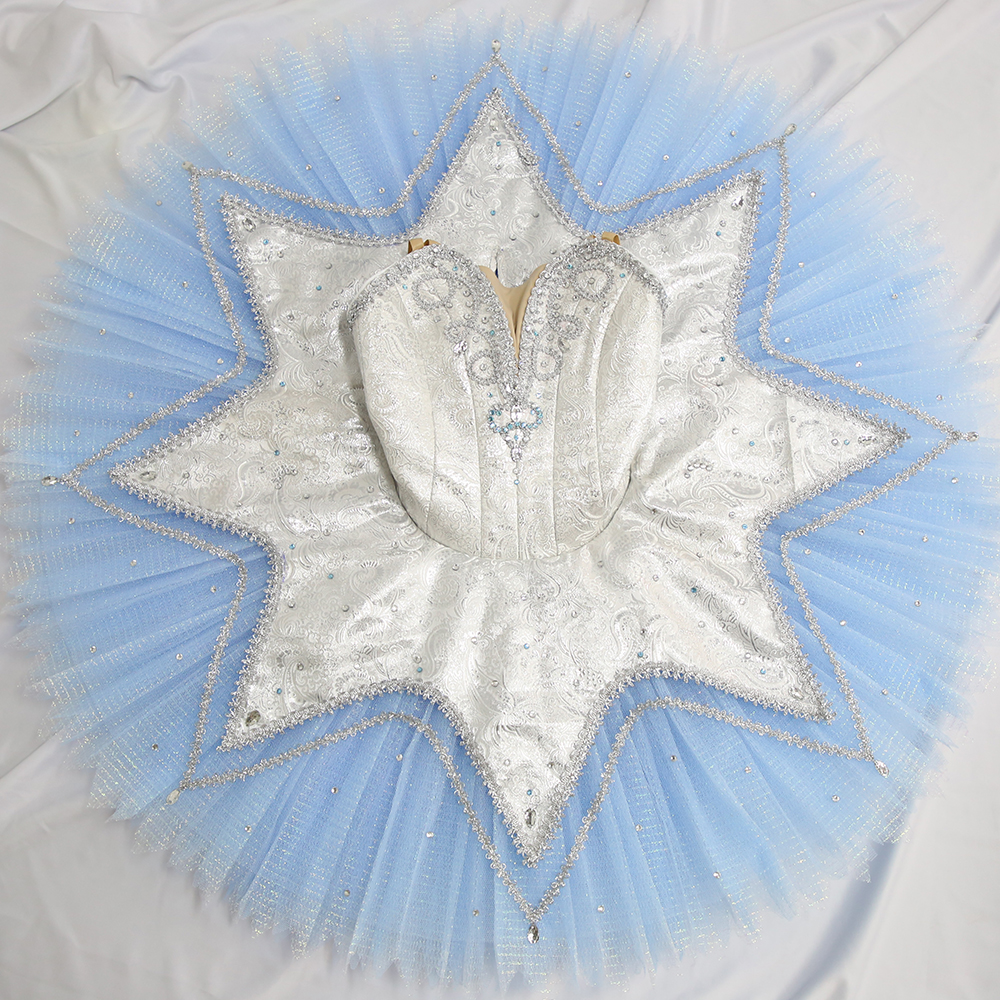
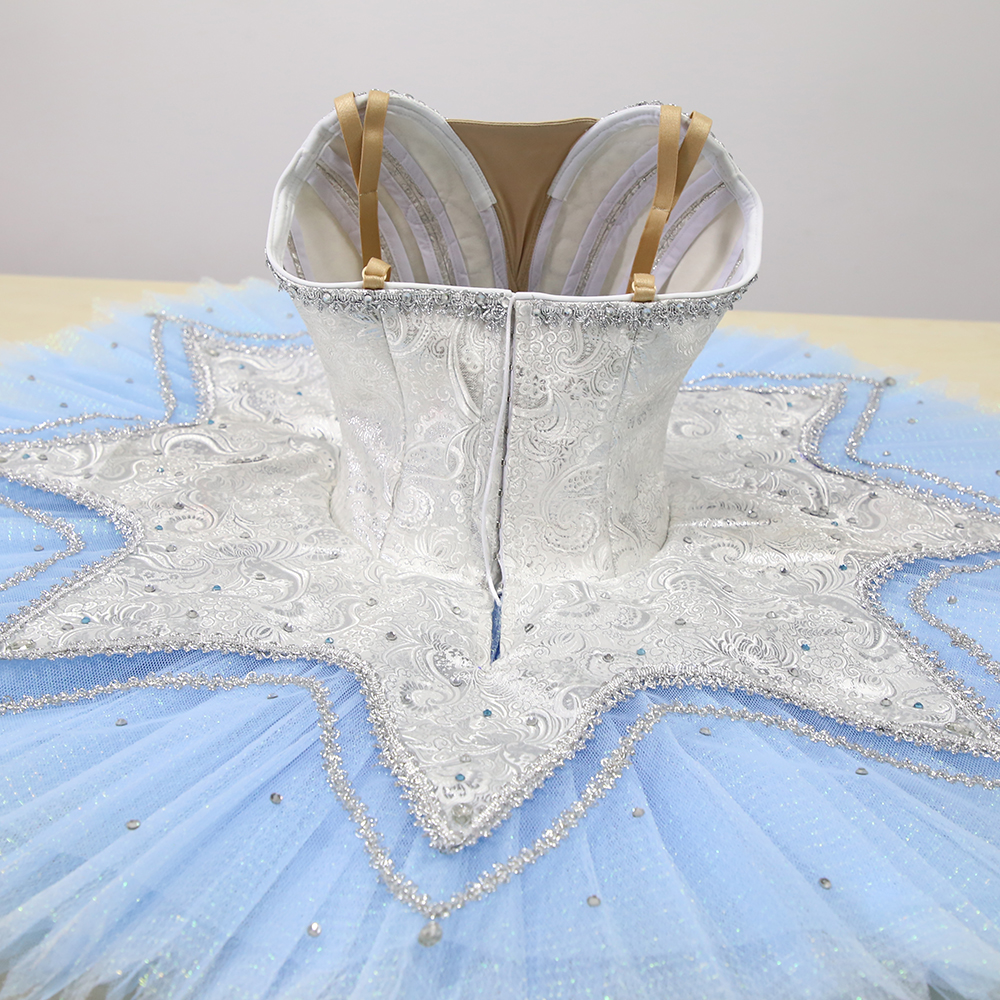
1. Changes in content and subject matter. Otherworldly fairies and ghosts replaced the characters in myths, legends and ancient hero stories. Reflects a feeling of dissatisfaction and disappointment with reality, a pursuit of an interest in another world that transcends the world, or getting rid of disappointment in reality with death, or replacing the desire for life with an unrealistic pursuit. Among the representative works are "Fairies" (1832) and "Giselle" (1841). "Giselle" brought together French styles and became the pinnacle of romantic ballet. Since then, the combination of romanticism and realism has gradually appeared.
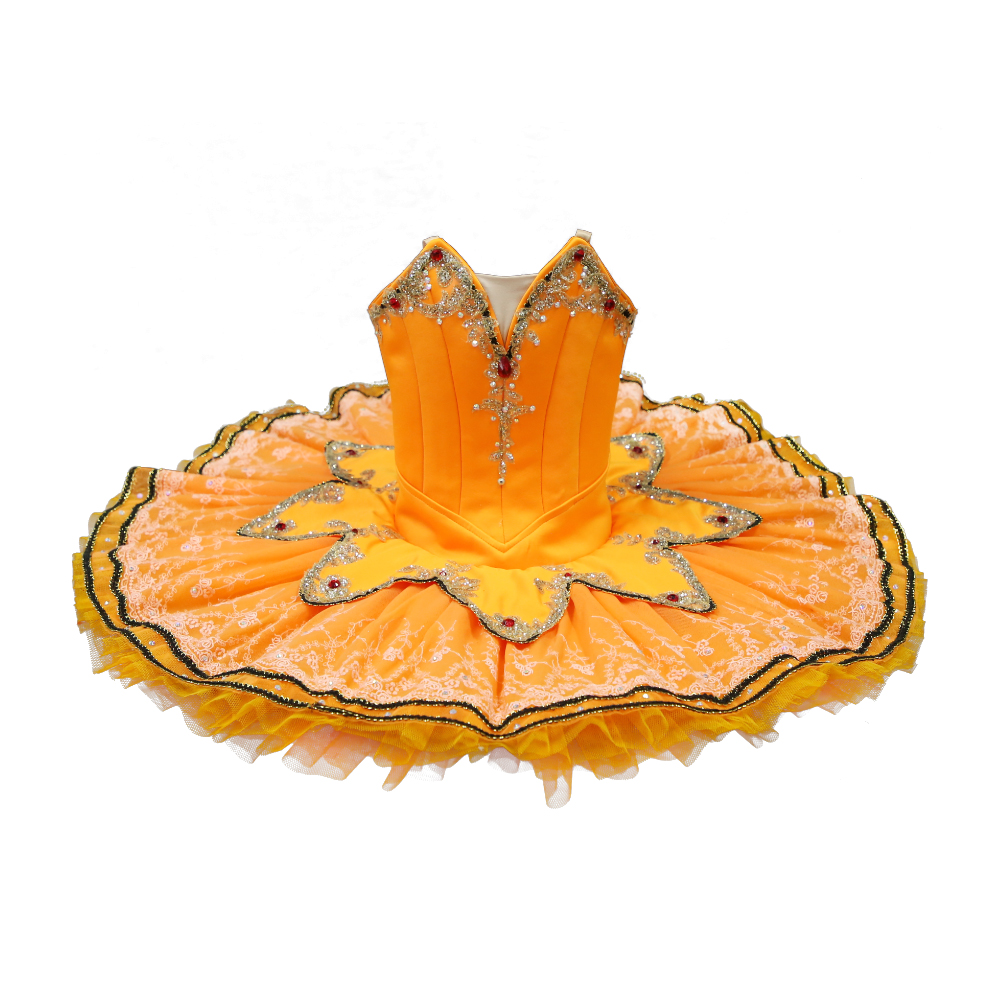
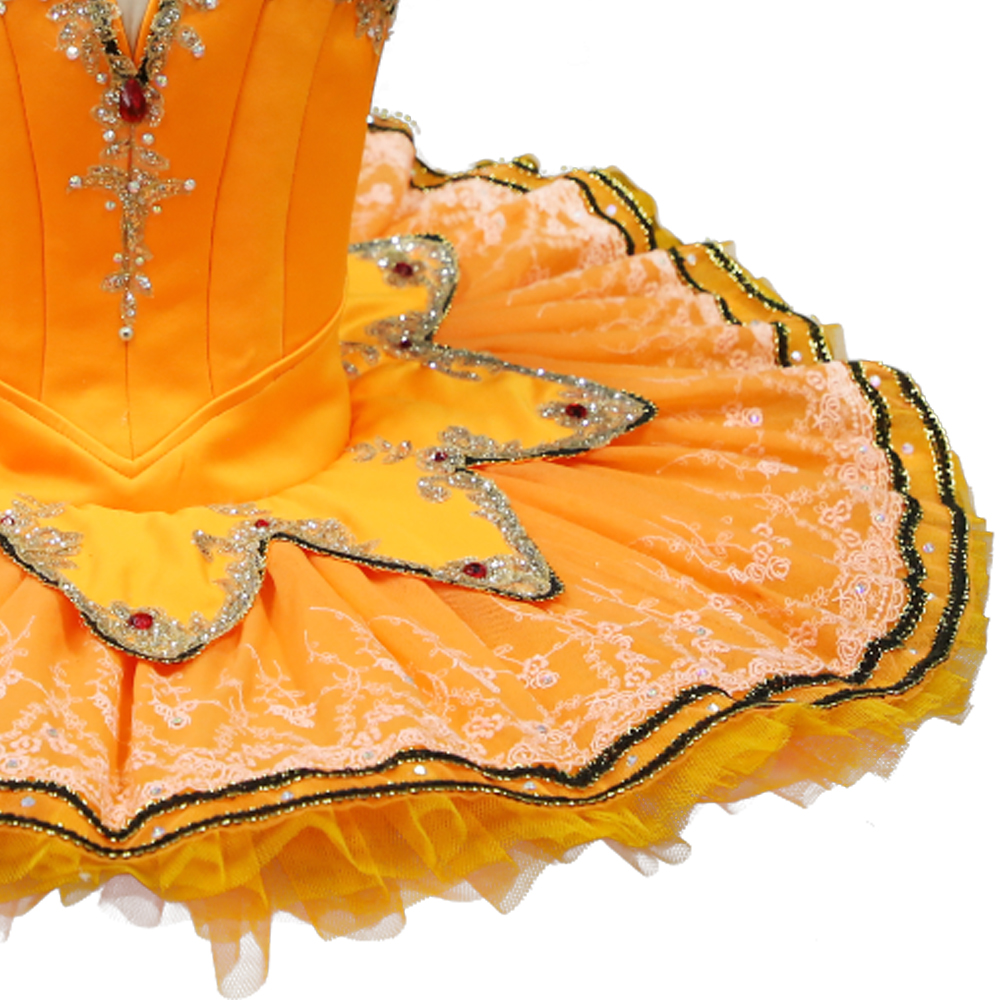
2. There have been significant developments in dance skills and performance. Tiptoe dance skills have emerged as an important factor in the performance of female dancers, and men's dance skills have also been further improved.

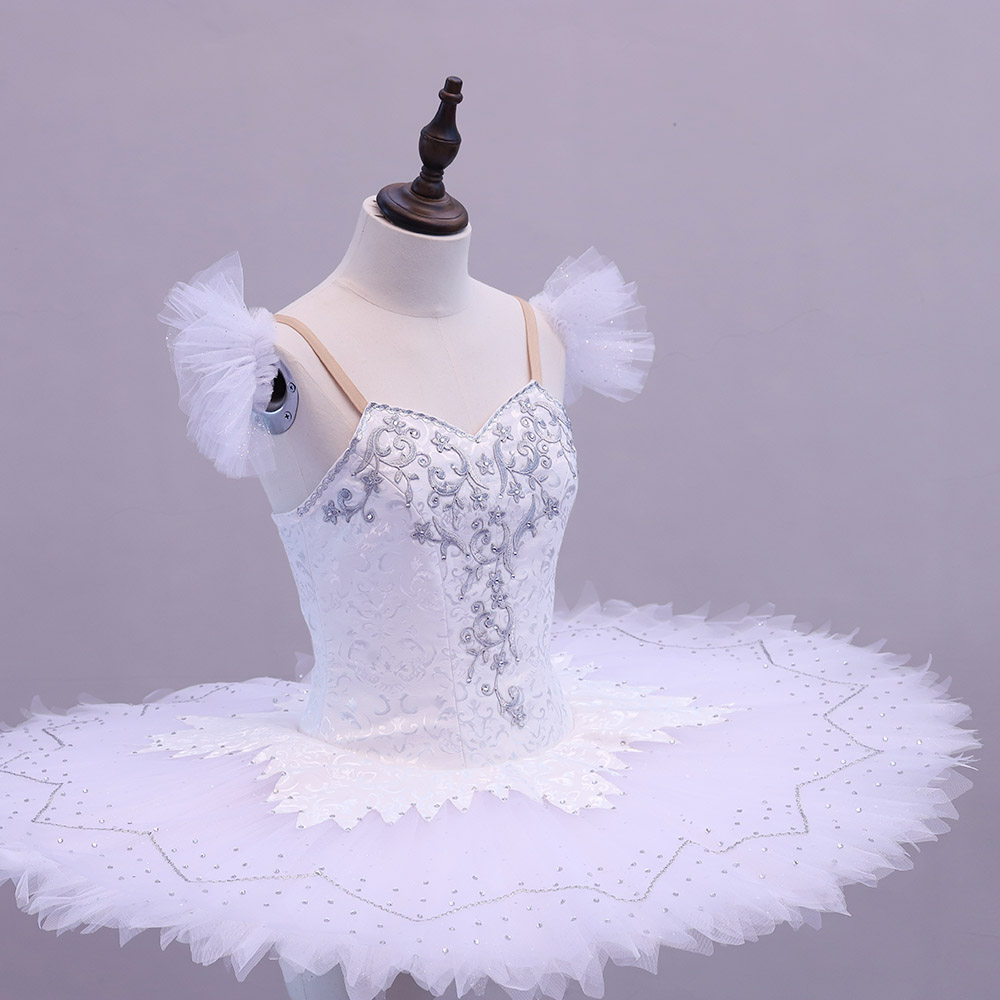
3. In the form of performance, gas lamp lighting and curtains are used to reform ballet costumes and dancing shoes, creating a poetic and light style.
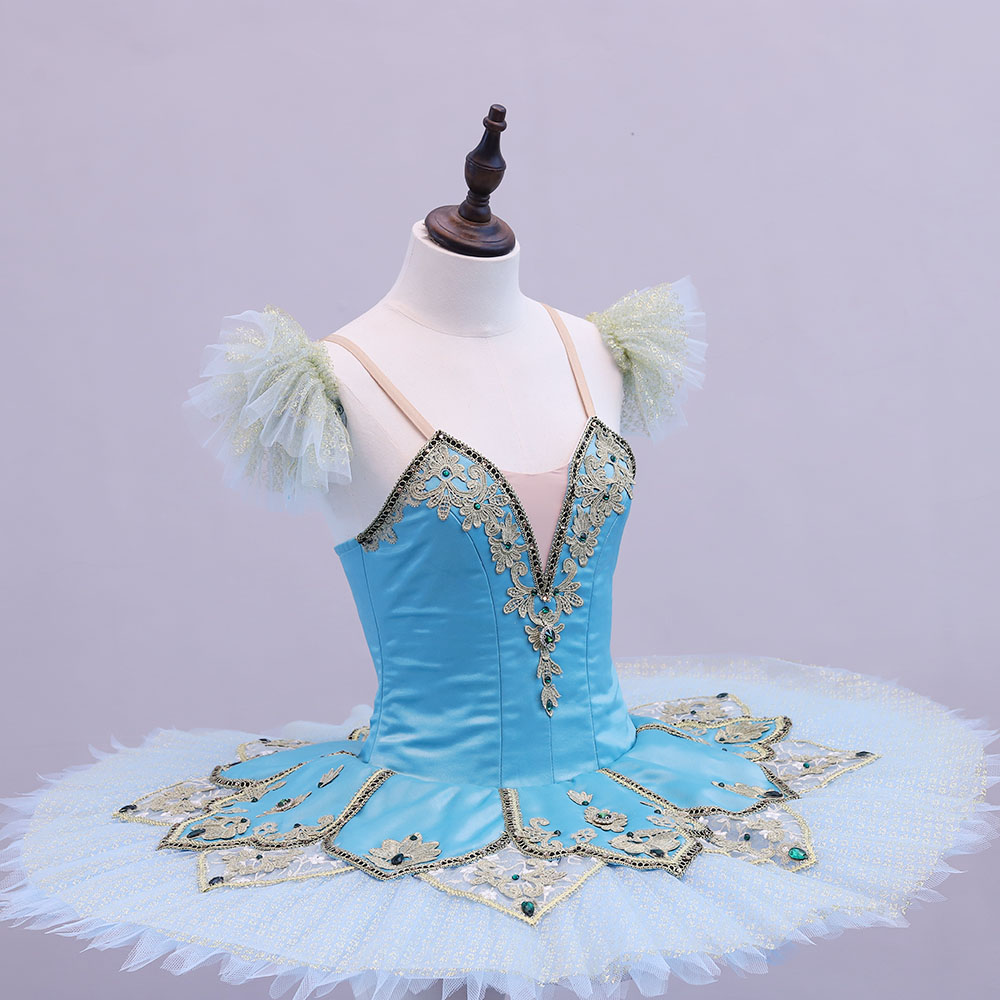
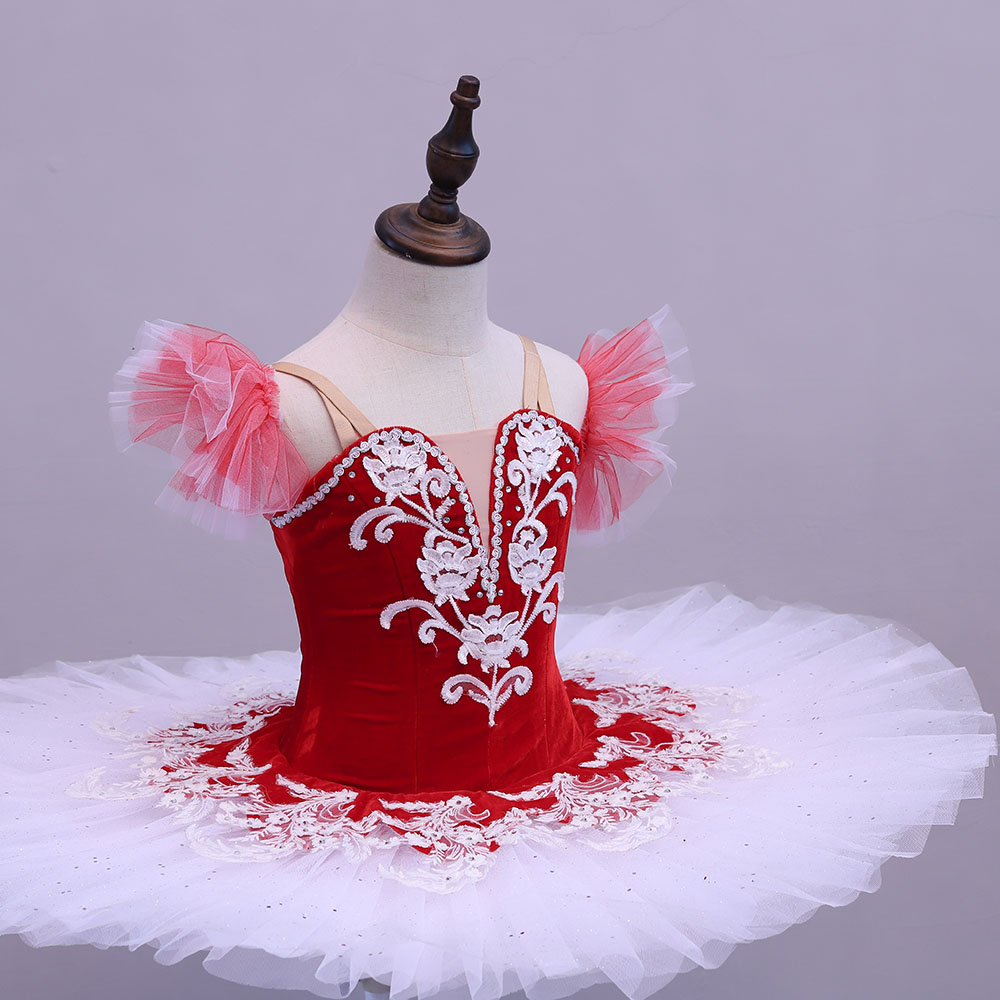
The golden age of romantic ballet was extremely short. From the 1830s to the 1940s, it stagnated and withered in just over a decade. From the second half of the 19th century, the center of European ballet gradually moved to Russia.

